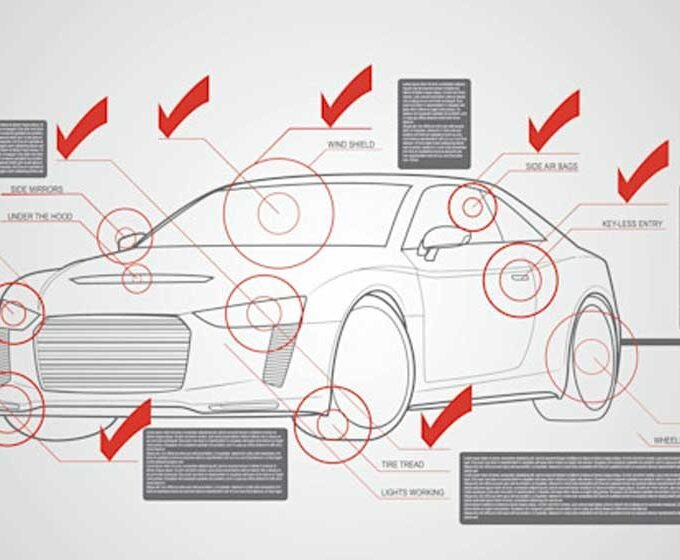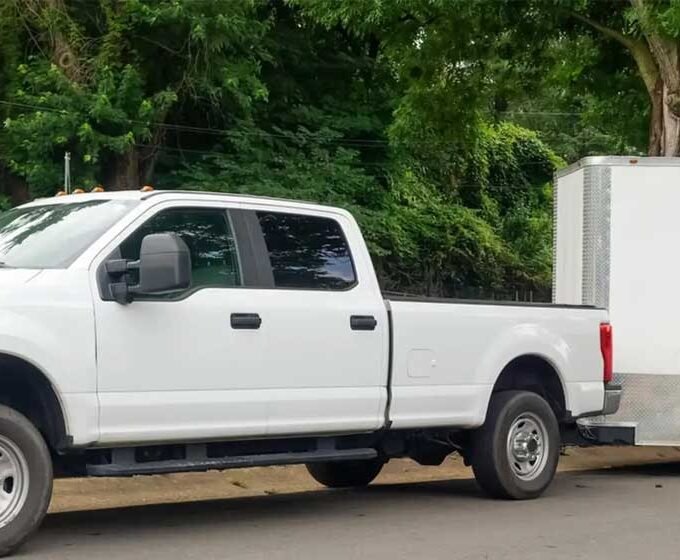When it comes to transporting cars, one of the most crucial decisions to make is whether to choose open transport or closed transport. Each method has its advantages and disadvantages, and understanding the differences between the two can help you make an informed decision. Consider this your guide to both open and closed transport options for cars. You’ll learn how to weigh your options and budget accordingly. These actions can help you with choosing the best method for your vehicle transportation needs.
Understanding Open Transport
Open transport involves transporting vehicles on an open trailer exposed to the elements and road debris. This method is commonly used for everyday vehicles such as sedans and SUVs. It is cost-effective and widely available, making it a popular choice for many car owners. Open transport offers convenience and faster delivery times since there are more carriers specializing in this method. However, it is essential to consider the exposure to weather conditions and potential risks associated with road debris and dust during transit.
Examining Closed Transport
Closed transport, on the other hand, provides a higher level of protection for your vehicle during transportation. Cars are placed inside an enclosed trailer that shields them from external elements and potential damage. This method is commonly chosen for luxury, classic, or high-value vehicles that require extra care and protection. Closed transport offers increased security since the enclosed trailer provides protection against weather conditions, road debris, and potential theft. However, it is essential to note that closed transport may come with a higher price tag compared to open transport.
Comparing the Prices
When deciding between open and closed transport, cost is a significant factor to consider. Open transport is generally more cost-effective, making it a suitable choice for budget-conscious individuals or when transporting everyday vehicles. The increased availability of carriers specializing in open transport contributes to the competitive pricing in the market. On the other hand, closed transport tends to be more expensive due to the added level of protection and limited availability of enclosed trailers. If you are transporting a luxury or high-value vehicle or buying a car out of state, factoring in the cost to transport a car to another state is crucial in determining the overall expense.
Evaluating Vehicle Protection
The level of protection provided to your vehicle is another essential aspect to consider. Open transport, although economical, exposes your car to external elements such as rain, wind, and road debris. While carriers take measures to secure vehicles and minimize potential damage, there is still a higher risk of exposure compared to closed transport. Closed transport offers a better degree of protection by shielding your car within an enclosed trailer, protecting it from harsh weather conditions and potential damage caused by road debris. If preserving the pristine condition of your vehicle is a priority, closed transport may be the better option.
Assessing Security and Privacy
Security and privacy are significant concerns when it comes to car transportation. Open transport, due to its nature of vehicles being visible and exposed, may attract more attention and potential risks. While carriers take precautions to ensure the safety of the vehicles, closed transport provides an added layer of security and privacy. The enclosed trailer conceals the contents, reducing the risk of theft or unwanted attention during transit. If you have concerns about the security and privacy of your vehicle, closed transport offers a higher level of assurance.
Considering Specialized Vehicles
Certain vehicles require specialized handling and transportation due to their unique characteristics. Classic cars, vintage vehicles, and exotic sports cars often require extra care and attention during transit. In such cases, closed transport is often the preferred choice since it provides the necessary protection and security for these specialized vehicles. If you own a vehicle with specific requirements or unique value, opting for closed transport ensures that your vehicle receives the specialized treatment it deserves.
Conclusion
Choosing between open and closed transport for your car involves considering factors such as cost, vehicle protection, security, and privacy. Open transport offers a cost-effective and widely available option while closed transport provides increased protection and security for specialized or high-value vehicles. Assess your vehicle’s needs, budget, and preferences before making a decision. Whether you opt for the convenience of open transport or the added protection of closed transport, selecting the right method ensures the safe and secure transportation of your vehicle to its destination.
















